this userscript don't use any external libs. with modification you can make good UI.
// ==UserScript==
// @name UI development
// @namespace http://tampermonkey.net/
// @version 0.1
// @description try to take over the world!
// @author ManojBhakarPCM
// @match https://www.google.com/
// @grant none
// ==/UserScript==
(function() {
'use strict';
function ui_create(contentss){
var div = document.createElement('div');
//var contentss = "<h1>TESTsssss</h1>";
div.innerHTML = '<div id="mbpcm_modal" style="position: fixed;z-index: 1;left: 0;top: 0;width: 100%;height: 100%;overflow: auto;display:none;"><div id="mbpcm_content" style="background-color: pink;margin: 15% auto;padding: 20px;border: 1px solid black;width: 20%;box-shadow:20px 20px 30px 2px gray;border-radius:7px;"><span id="mbpcm_close" style="float: right;font-size:25px;cursor: pointer;">×</span>'+ contentss +'</div></div>';
document.body.appendChild(div);
var modal = document.getElementById("mbpcm_modal");
var close = document.getElementById("mbpcm_close");
close.onclick = function(){modal.style.display = "none";}
}
function ui_add_opener(parent,classs,stylee){
var btn = document.createElement("button");
btn.setAttribute("class",classs);
btn.setAttribute("style",stylee);
btn.setAttribute("id","mbpcm_ui_opener");
btn.innerHTML = "Settings";
parent.appendChild(btn);
var modal = document.getElementById("mbpcm_modal");
var btnn = document.getElementById("mbpcm_ui_opener");
btnn.onclick = function(){modal.style.display = "block";}
}
function ui_addElement(el,cls,styl,val,innerHtml){
var modal = document.getElementById("mbpcm_content");
var e = document.createElement(el);
e.setAttribute("class",cls);
e.setAttribute("style",styl);
e.setAttribute("value",val);
e.innerHTML = innerHtml;
modal.appendChild(e);
return e;
}
ui_create("<h1>Title</h1><span>discription</span><br>");
ui_add_opener(document.getElementById("gbw"),"RNmpXc","nothing");
ui_addElement("button","modal","none","none","TestButton").onclick = function(){alert("hellow ji ");}
ui_addElement("br","","","","");
ui_addElement("button","none","none","none","TestButton").onclick = function(){alert("How are you");}
ui_addElement("button","none","none","none","TestButton").onclick = function(){alert("Kaise ho");}
})();

